Preserving heritage is now the top priority of UNESCO and countries having globally-recognised heritage, including Vietnam.
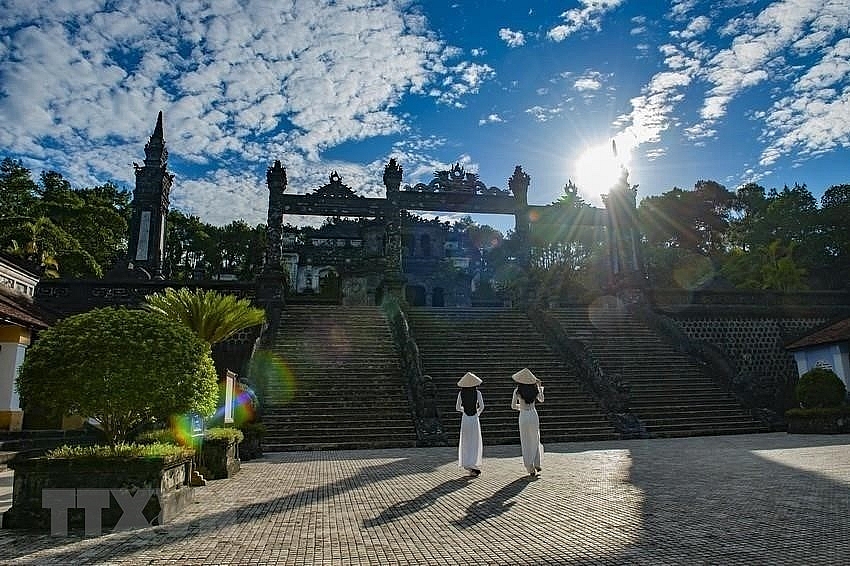 |
| The Complex of Hue Monuments has been recognised as World Cultural Heritage since December 11, 1993 (Photo: VNA) |
 |
| Non Nuoc Cao Bang received the global geopark status from the UNESCO in 2018 (Photo: VNA) |
 |
| Ha Long (literally Descending Dragon) Bay, one of the most renowned tourist destinations in Vietnam, is a UNESCO-recognised World Natural Heritage (Photo: VNA) |
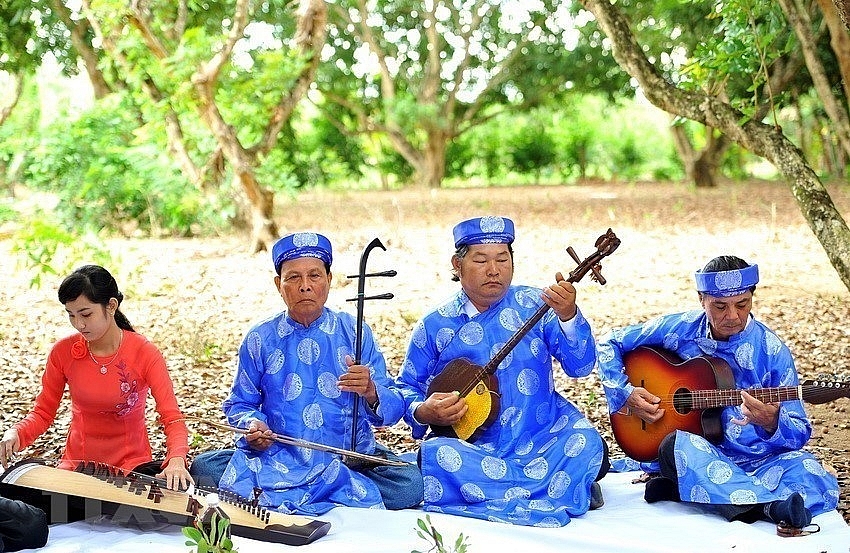 |
| Don Ca Tai Tu (amateur music) from southern Vietnam was officially recognised by UNESCO as an Intangible Cultural Heritage of Humanity on December 5, 2013 (Photo: VNA) |
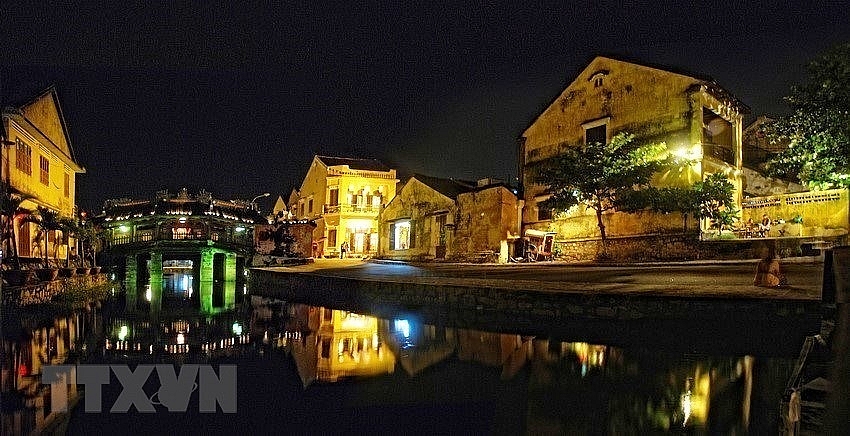 |
| Hoi An ancient town in Quang Nam province was recognised as World Cultural Heritage by UNESCO in December, 1999 (Photo: VNA) |
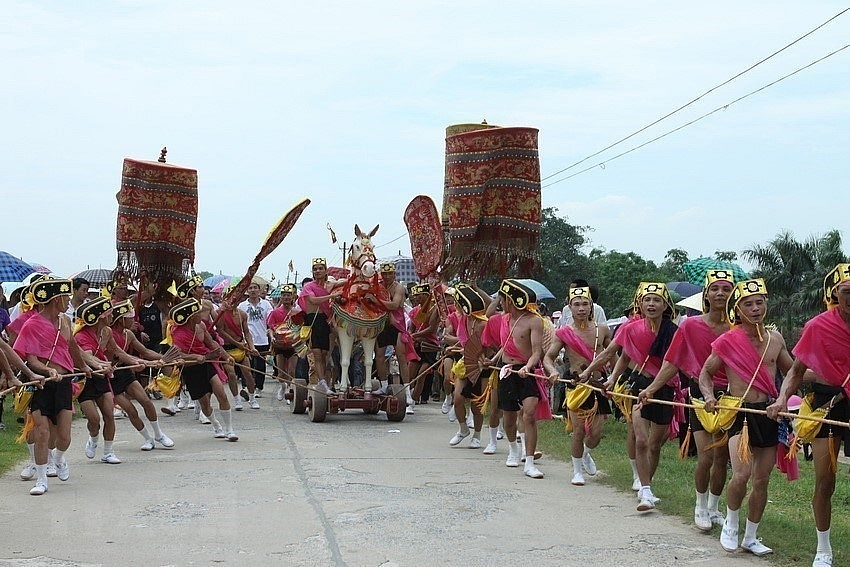 |
| Giong festival, among 8,000 festivals held annually in Vietnam, was recognised as Intangible Cultural Heritage of Humanity on November 16, 2010 (Photo: VNA) |
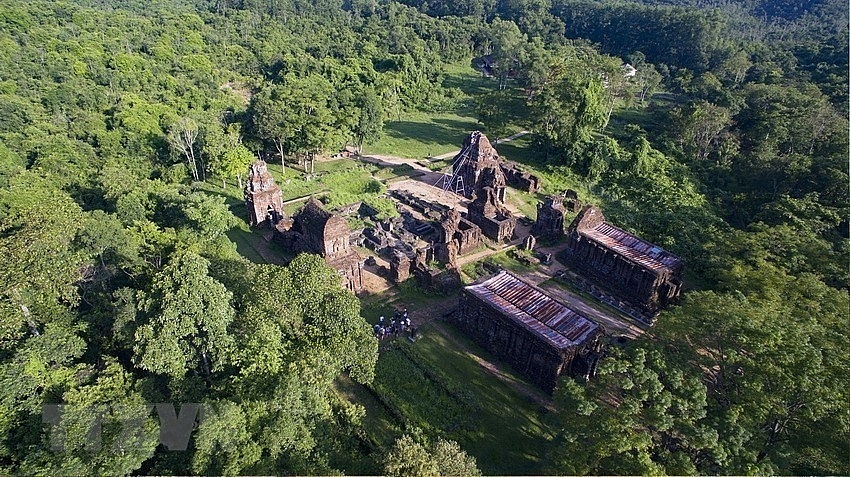 |
| My Son Towers Relic Site in Duy Phu commune, Duy Xuyen district, Quang Nam province was recognised as World Cultural Heritage in December 1999 (Photo: VNA) |
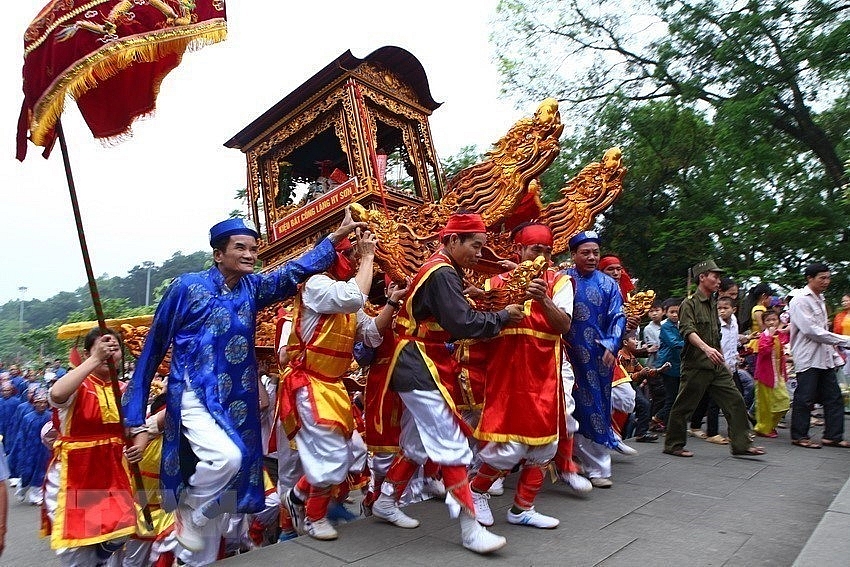 |
| UNESCO recognised Vietnam's Hung Kings worshiping ritual in Phu Tho province as part of the world's intangible cultural heritage of humanity on December 6, 2012 (Photo: VNA) |
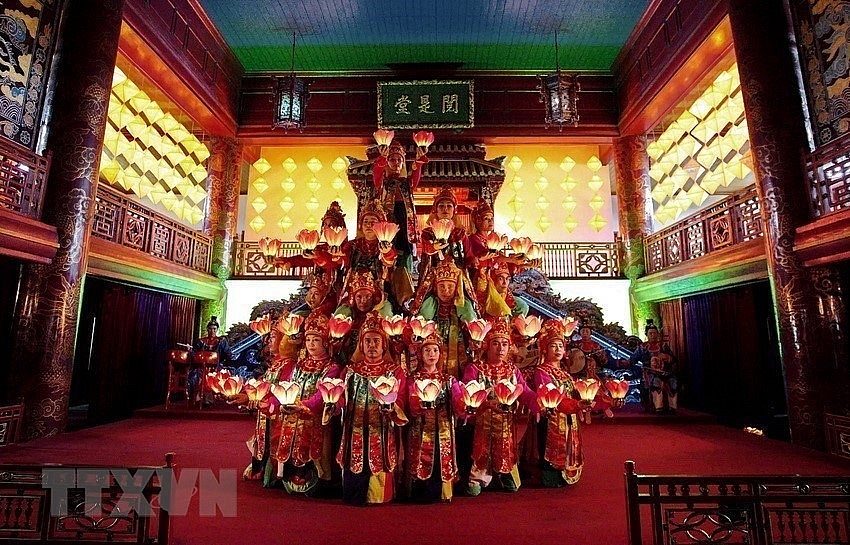 |
| Hue Royal Court Music received UNESCO’s recognition of intangible and oral cultural heritage by UNESCO in 2003 and then became Vietnam's first-ever UNESCO-recognised Intangible Cultural Heritage of Humanity in 2008 (Photo: VNA) |
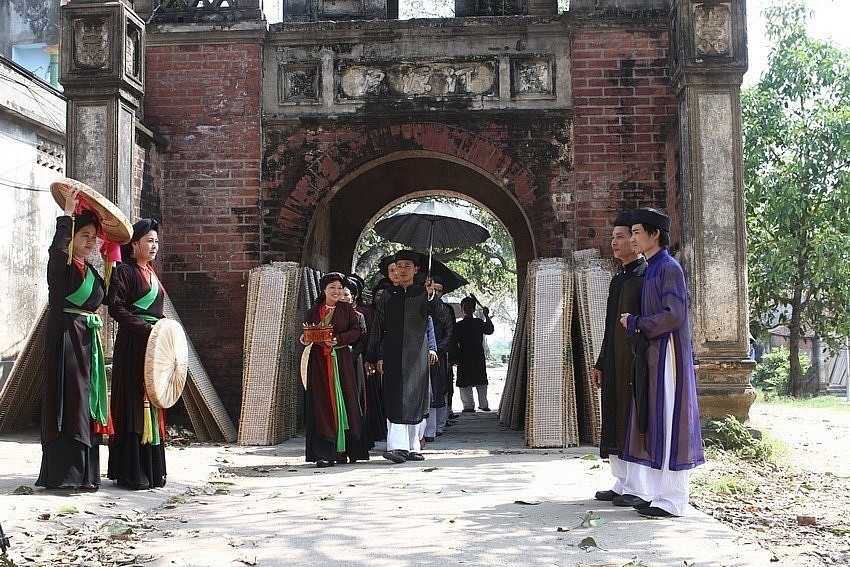 |
| Quan ho (love duet) folk singing was recognised by UNESCO as Intangible Cultural Heritage of Humanity on September 30, 2009 (Photo: VNA) |
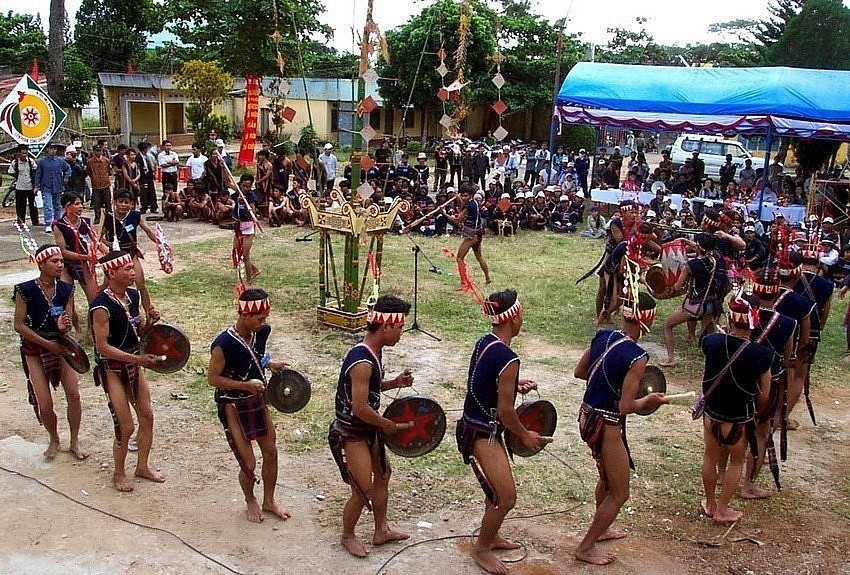 |
| The cultural space of the gongs in the Central Highlands of Vietnam was recognised by UNESCO as Masterpieces of the Oral and Intangible Cultural Heritage of Humanity in 2005 and Intangible Cultural Heritage of Humanity in 2008 (Photo: VNA) |
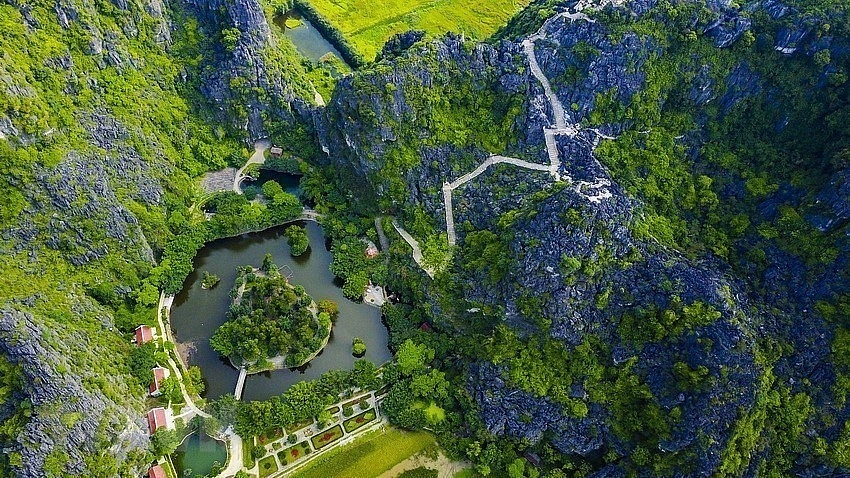 |
| Trang An Scenic Landscape Complex was inscribed as a UNESCO World Heritage Site on June 23, 2014 (Photo: VNA) |
VNA













 Tag:
Tag:





















 Mobile Version
Mobile Version